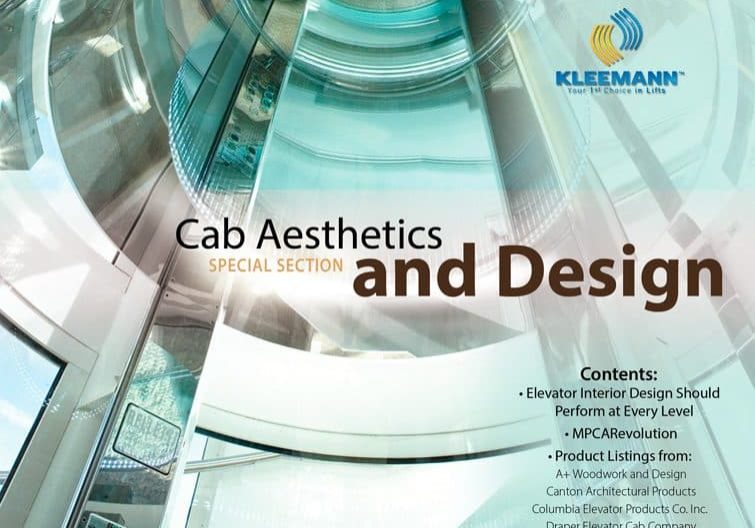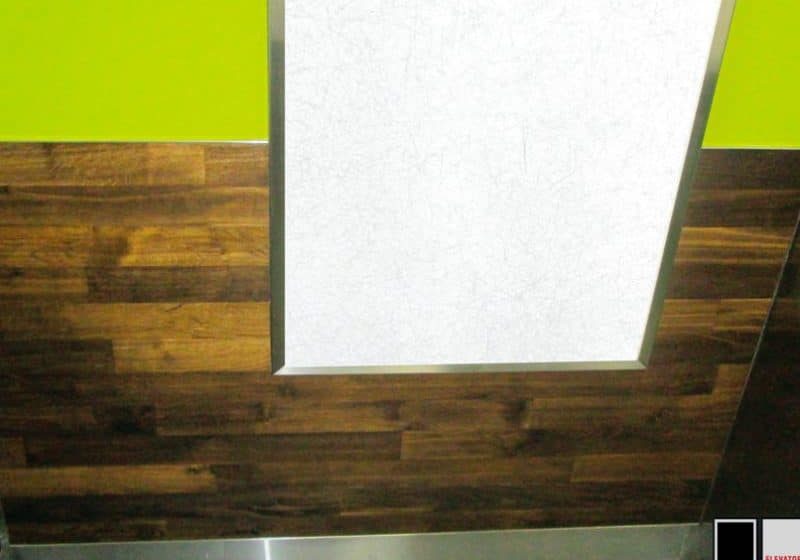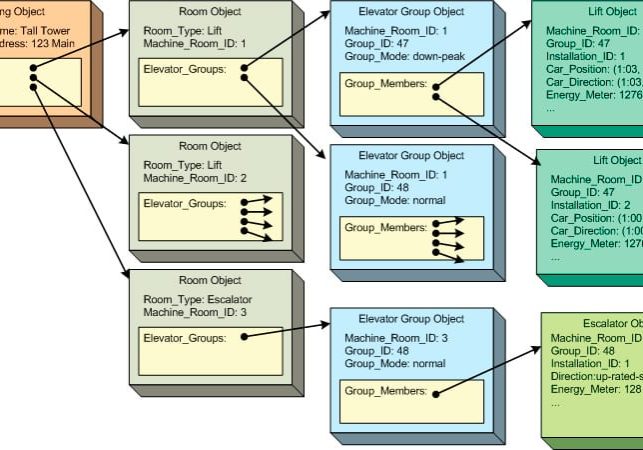Touch of Glass
Aug 1, 2014

Smartphones and elevators now have something in common.
Corning® Gorilla® Glass is a very tough, scratch-resistant glass that protects billions of smartphones and tablets, on dozens of major brands, from daily abuse, yet enables us to view high-definition pictures without distortion. The glass can flex without breaking and withstand impact from everyday occurrences. In short, it is the material of choice for tough, lightweight consumer electronics cover-glass applications.
That same glass is now being used for interior architecture, including the walls of elevator cabs (ELEVATOR WORLD, April 2014). In its partnership with Corning, SnapCab, an elevator interior systems company, has begun installing Gorilla Glass panels in elevators and architectural surfaces. The partnership began when Corning identified SnapCab as able to produce a scalable manufacturing platform using Gorilla Glass. An important part of that involved the need for modularity and system-based manufacturing. Corning Business Director of Innovative Glass Solutions Hank Dunnenberger explained:
“Corning makes Gorilla Glass in very specific sizes, and we needed a company with a modular approach so that we could incorporate these sizes [into its] manufacturing process. It’s very important to Corning that the people we team with have the same commitment to quality that we have. We talked to SnapCab customers, and they all mentioned that if SnapCab commits to do something, it’s going to happen. And that’s very important.”
For Corning, a 163-year-old company, solid reputation, customer loyalty and performance history are primary requirements to form a relationship.
“A Very Collaborative Relationship”
Even with two successful companies working toward a common goal, the final product took just over a year of development until both parties felt sure the end result would be a success. SnapCab President Glenn Bostock compared the collaboration to a trip driven at night when he said, “You know the road is out there, but you can only see as far as your headlights let you. Reaching our goal was really taking one step at a time.” Dunnenberger added that SnapCab is “helping us understand the elevator market, and we’re helping [it] understand the glass.”
Part of the work that fell heavily on SnapCab involved testing to make sure the new panels would be acceptable in all 50 states, as well as in Canada. Bostock notes, “We wanted to make sure the panels met all the building and fire codes. We went through [American Society for Testing and Materials] E84 and American National Standards Institute testing.”
To speed product development, Corning instituted parallel research. This had a significant influence on the timeline to ensure the company’s high standards for product introduction were met. Dunnenberger, who has been with Corning for more than 30 years, described the joint effort as “very collaborative.”
The Value Proposition
Why would an architect, designer or facility manager choose to specify Gorilla Glass in an elevator interior? Glass has been used in elevators for a while, either as an individual element or as a surface for mirrors. The answer boils down to three main properties. First, Gorilla Glass is tougher than other glasses and can be made thinner and, therefore, lighter. This is particularly important in machine-room-less elevators.
The second reason is the complete clarity of the glass. It also enables designers to match surfaces using high-resolution images that would normally be too heavy for an elevator. Dunnenberger explains:
“What’s so great about the product is that it’s optically clear. Normal glass that you see in a window is typically soda-lime and has a greenish tint, because of the iron content. Corning Gorilla Glass has no tint and is so thin that it doesn’t distort the surfaces it covers. The glass is a blank canvas for architects and designers.”
A third reason is durability. Gorilla Glass resists scratches and impacts that would damage other surfaces without the bulk of laminated glass. Additionally, the glass is easier to clean, reducing maintenance time and saving organizations money.
Is the Relationship Working?
In this case, the positive proof is in the installations. A major technology company on the U.S. West Coast had spent a year planning the upgrade of five elevators with concerns centered on flexibility and “future proofing”. The elevators would host different divisions of the company at different times. Each division had its own brand identification and employee loyalty. The facility manager was concerned with the elevators’ cabins reflecting the current occupant’s logo and that the logo could change often. The exact logo colors were especially important.
According to Evan Epstein, SnapCab’s Senior Interior Specialist, several presentations were made to the corporation. SnapCab’s system of interlocking panels was considered perfect for the application, but printing the logos on available materials was proving difficult until the design team was introduced to Gorilla Glass. The team loved the idea and was intrigued with the potential of replacing a panel with an active or interactive panel in the future, without having to upgrade the entire interior. This would make changing the graphics in the elevator even easier.
A purchase order was issued to SnapCab for the five cabs. Because of SnapCab’s patented design and the fact that Gorilla Glass requires no special handling when affixed to the SnapCab paneling system, all five elevator interiors were installed in 9 hr., including demolition of the original interiors. The entire process caused no significant disruption to the normal business routine. A SnapCab-certified installer in the area performed the installation. The mechanics who worked on the project were pleased that the panels were much lighter than normal glass.
The corporate design team was pleased with the final results of the new product with the printed graphics. Epstein elaborates, “It’s really about future proofing the elevators.” SnapCab panels can be easily swapped out when there are changes in the building’s use. This also allows for fast and easy installation of new Corning and SnapCab developments in utilizing Gorilla Glass.
Another installation spearheaded by Epstein was commissioned by a large healthcare provider’s headquarters in Philadelphia. The company was going through a major building renovation and used rift-cut oak veneer prominently in its new design. While beautiful, the material is vulnerable and hard to use. After the use of the unprotected veneer was reluctantly accepted by the design team, Epstein presented Gorilla Glass with an image of the veneer mounted behind it. The design firm loved it and proceeded with the project in all 22 elevators. Epstein remarked, “The Gorilla Glass really differentiated SnapCab and eliminated any other option once the design firm decided this was really what [it] wanted.”
Epstein summed up his experience:
“Corning’s Gorilla Glass allows us to offer a high-end product when we’re competing with a custom cab. Corning has been excellent to work with, while providing professional sales support.”
The Future
When considering the possibilities of this product, it’s easy to get carried away with speculation. Visions of standing inside an elevator and being surrounded by moving images of space or sky challenge the imagination. Corning and SnapCab are working on several projects that carry Gorilla Glass into the future. Dunnenberger commented on the topic:
“We’re not currently offering active or interactive displays in elevators, but because SnapCab interiors allow for simple replacement of panels, that’s something we’re considering for the future.”
On a more practical note, future plans do involve interactive screens built into SnapCab panels in such a way currently not possible using standard glass. Additionally, Corning, with SnapCab’s input, is working on anti-glare surfaces and antimicrobial glass panels for other healthcare applications in which a clean environment is a major concern.
Get more of Elevator World. Sign up for our free e-newsletter.









